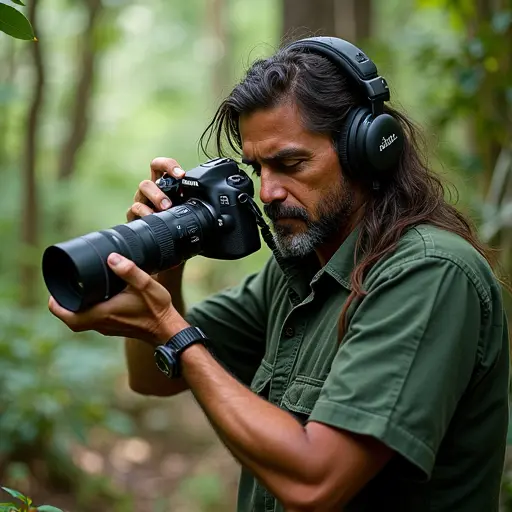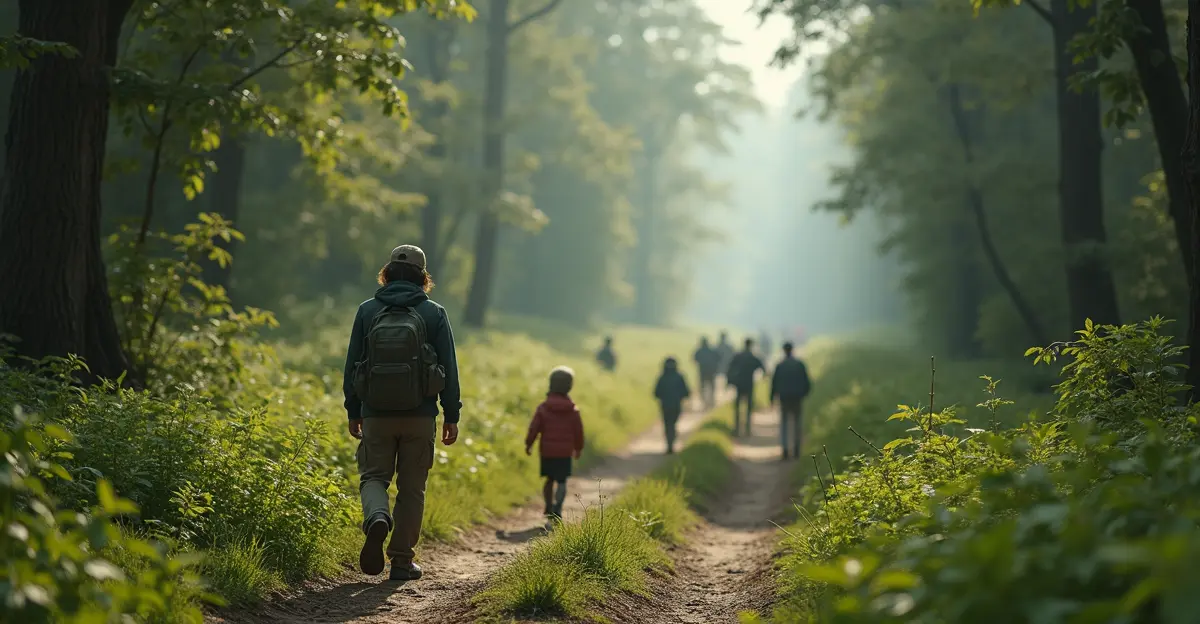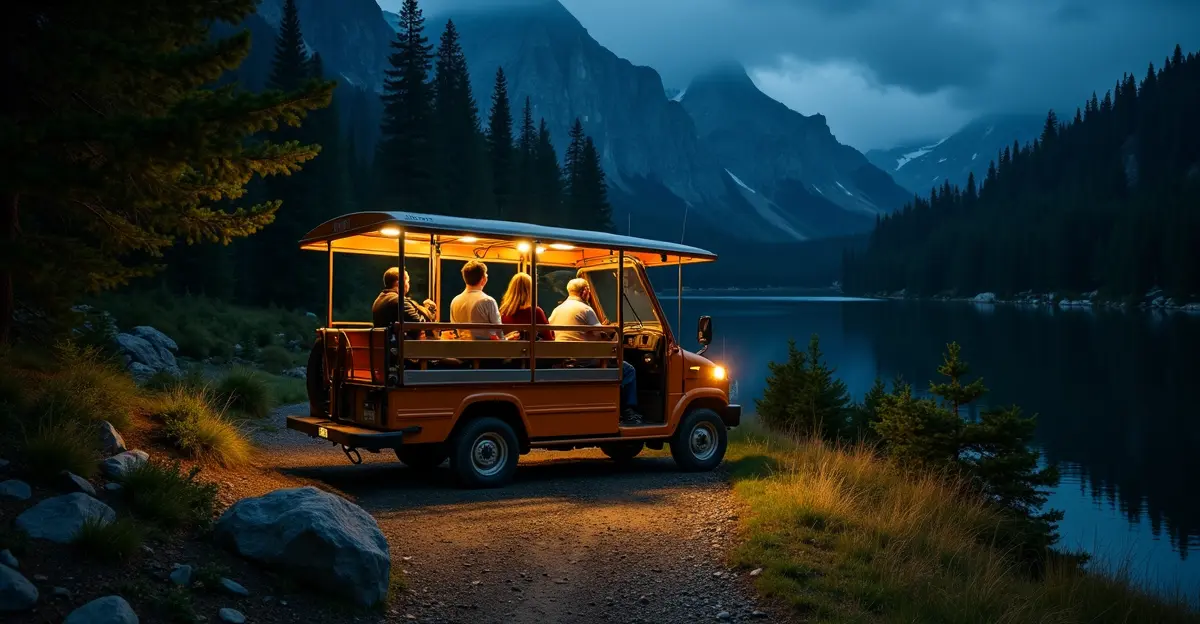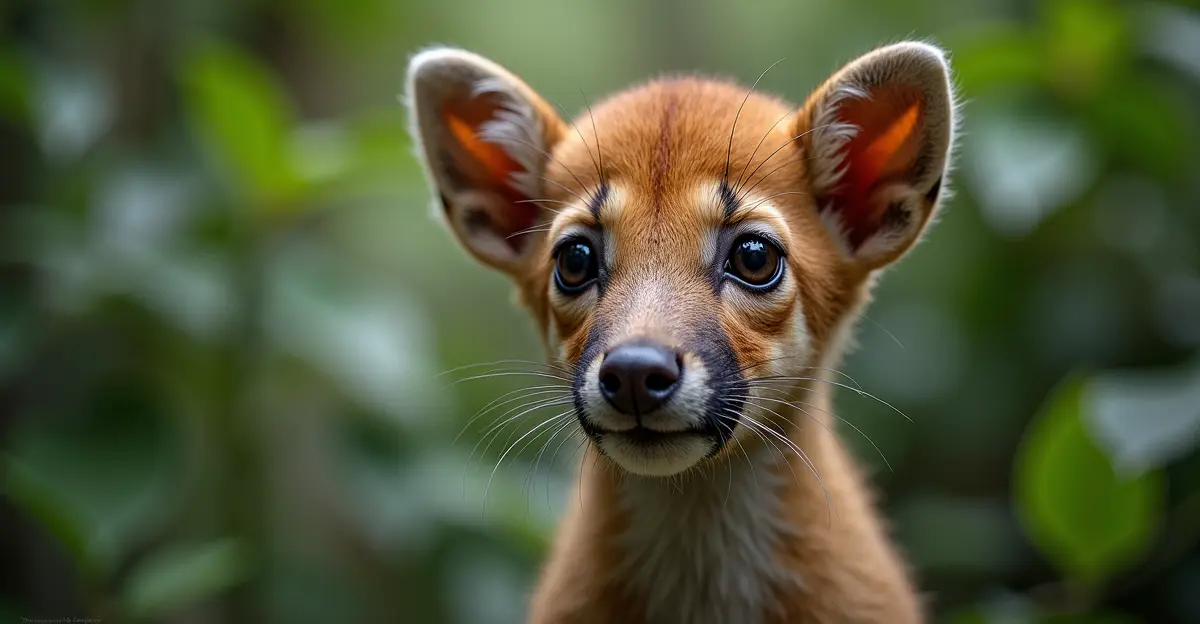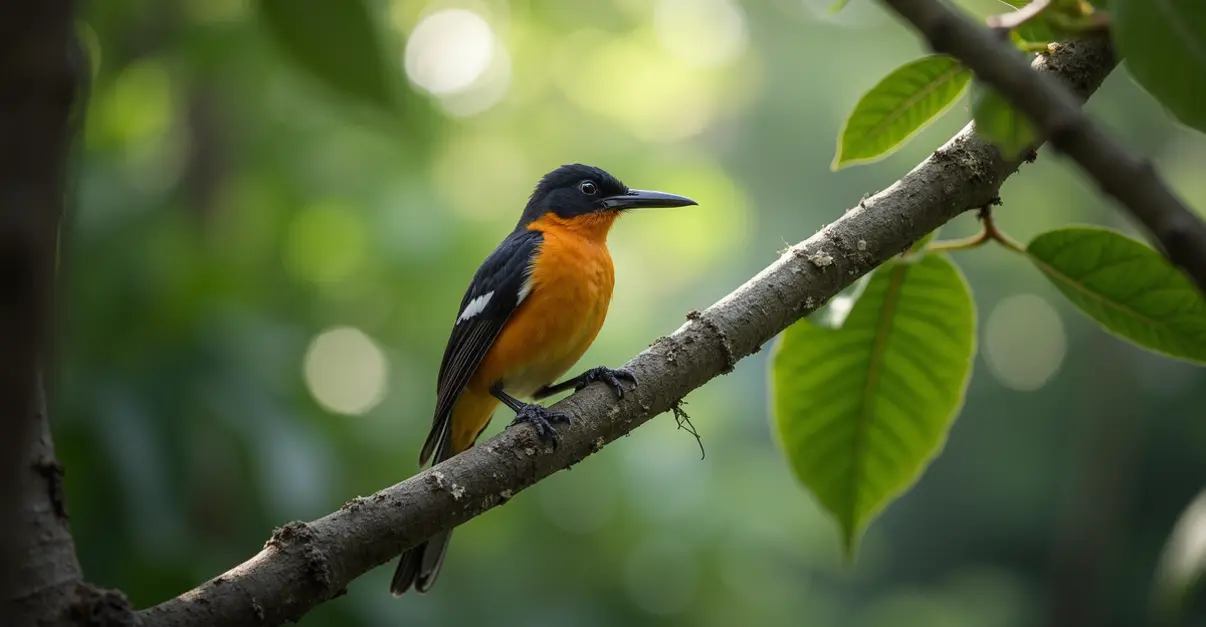Urban wildlife corridors successfully reconnect fragmented habitats, reducing animal-vehicle collisions by 80-90% while enabling genetic exchange and ecosystem health.

Urban Wildlife Corridors: Reconnecting Fragmented Habitats
As urban expansion continues to fragment natural landscapes, cities worldwide are implementing innovative wildlife corridors that bridge roads and railways to reconnect isolated animal populations. These ecological passageways are proving to be game-changers in urban conservation efforts.
The Growing Need for Habitat Connectivity
Urban development has created countless barriers that prevent animals from moving between habitat patches. Highways, railways, and urban infrastructure have effectively created islands of wilderness, isolating species and reducing genetic diversity. Wildlife corridors serve as vital lifelines, allowing animals to safely cross these human-made barriers.
These corridors come in various forms, including overpasses covered with native vegetation, underpasses designed for different species, and green bridges that seamlessly integrate with the surrounding landscape. The most successful designs mimic natural habitats, complete with soil, plants, and even water features that encourage animal use.
Impressive Collision Reduction Statistics
Recent data from implemented wildlife corridors shows remarkable success in reducing animal-vehicle collisions. In areas where these structures have been operational for several years, collision rates have dropped by 80-90% for target species. This not only protects wildlife but also significantly improves road safety for motorists.
One notable project in Banff National Park, Canada, features 38 wildlife crossing structures that have reduced wildlife-vehicle collisions by over 80%. Similarly, European countries like the Netherlands and Germany have reported collision reductions of 85-95% along highways with properly designed wildlife crossings.
Ecological Benefits Beyond Collision Prevention
The benefits extend far beyond reducing roadkill. Wildlife corridors enable genetic exchange between isolated populations, preventing inbreeding and increasing species resilience. They allow animals to access seasonal resources, find mates, and establish new territories—all crucial for long-term population health.
Research shows that corridors support everything from large mammals like bears and elk to smaller species including amphibians, reptiles, and even insects. The connectivity helps maintain healthy ecosystem functions and supports biodiversity in increasingly urbanized landscapes.
Urban Integration and Community Benefits
Modern wildlife corridors are designed to blend seamlessly with urban environments. Many incorporate recreational trails for human use, creating multi-functional spaces that serve both wildlife and communities. These green infrastructure projects often become beloved community assets while performing their ecological functions.
Cities are discovering that investing in wildlife connectivity pays dividends in multiple ways: reduced vehicle repair costs from collisions, lower insurance claims, improved public safety, and enhanced quality of life for residents who value living alongside thriving natural ecosystems.
Future Directions and Challenges
As climate change alters animal movement patterns, the importance of wildlife corridors will only increase. Planners are now designing corridors with climate resilience in mind, creating networks that allow species to shift their ranges in response to changing conditions.
Challenges remain, including funding, land acquisition, and ensuring corridors are designed for the specific needs of local wildlife. However, the proven success of existing projects is driving increased investment and innovation in this critical conservation strategy.

 Nederlands
Nederlands
 English
English
 Français
Français
 Deutsch
Deutsch
 Español
Español
 Português
Português




